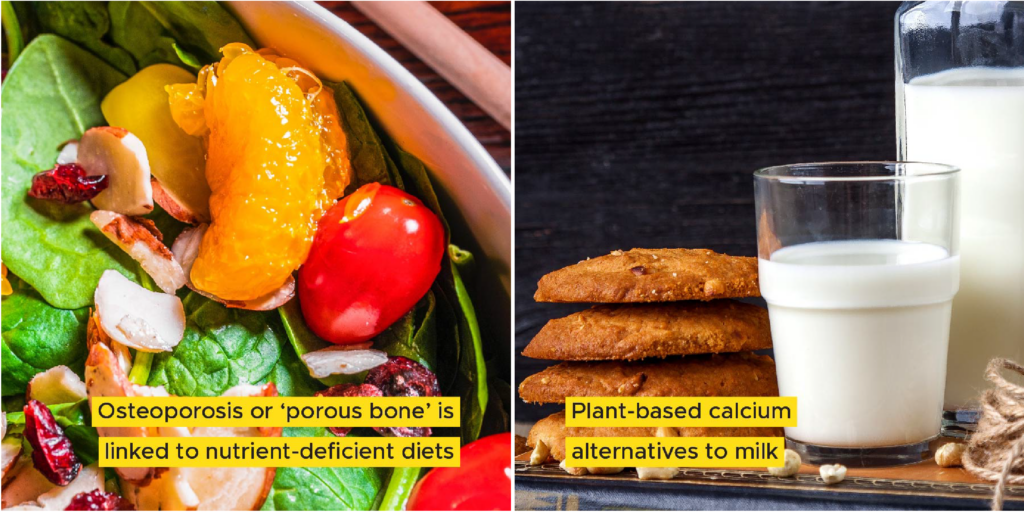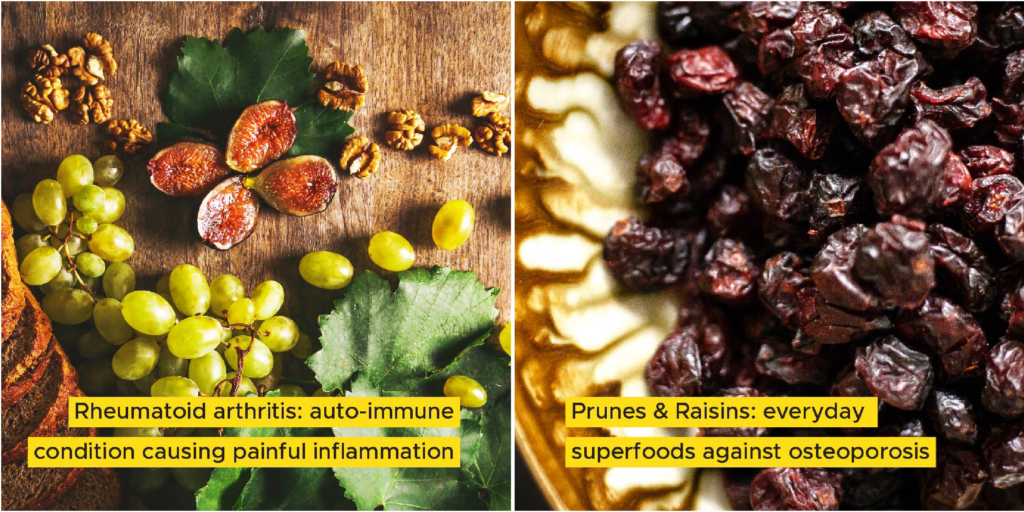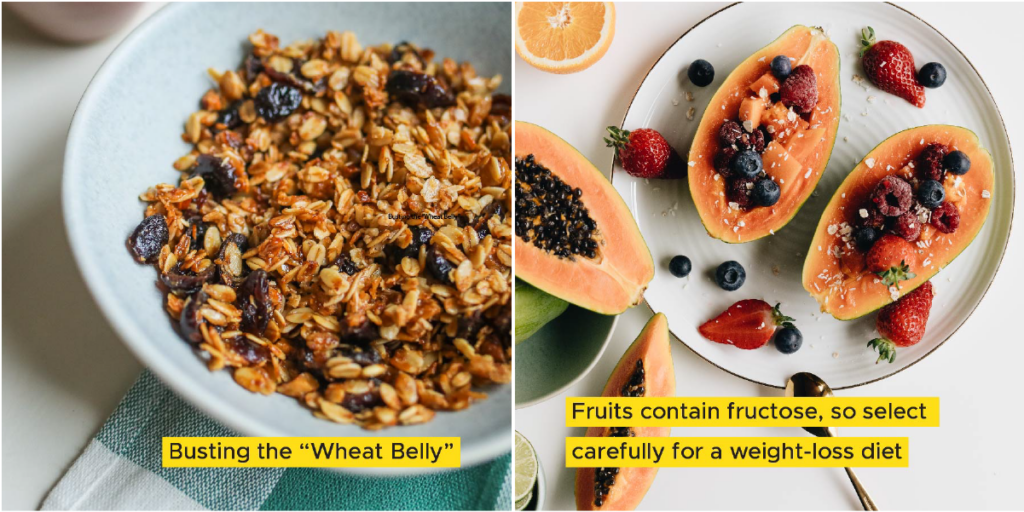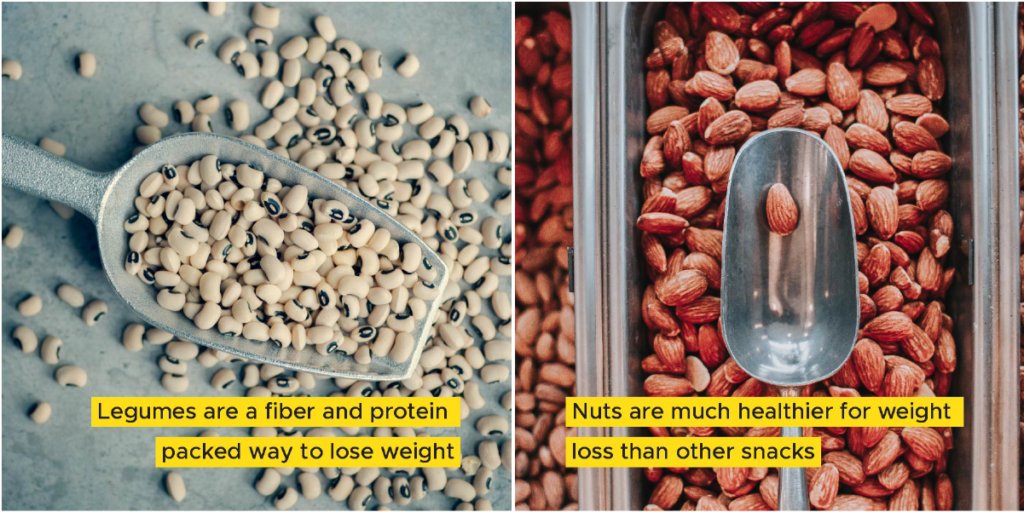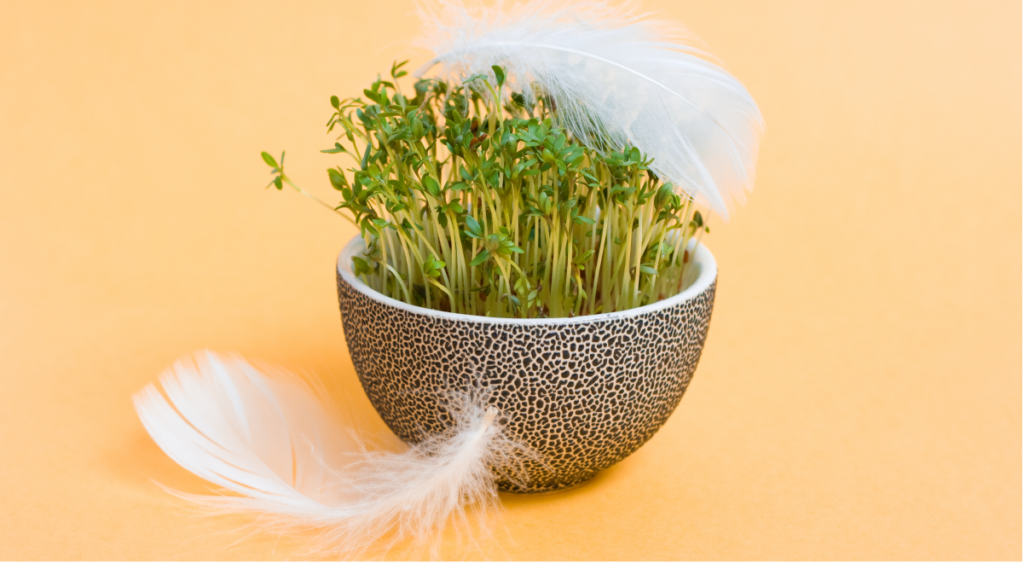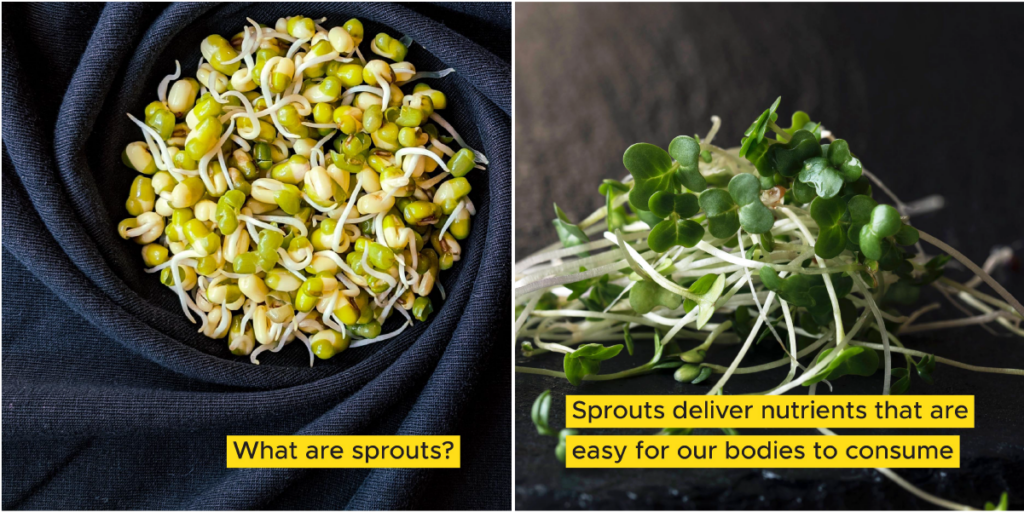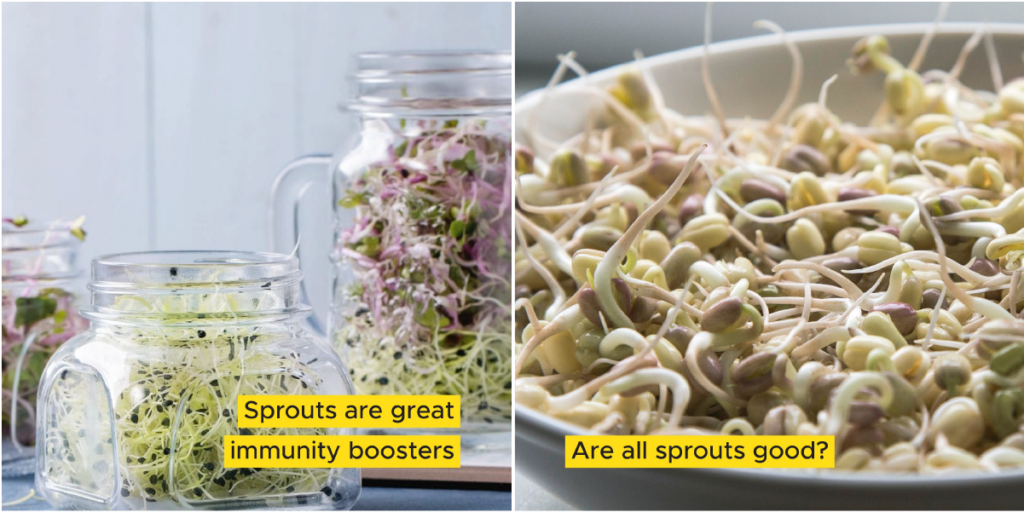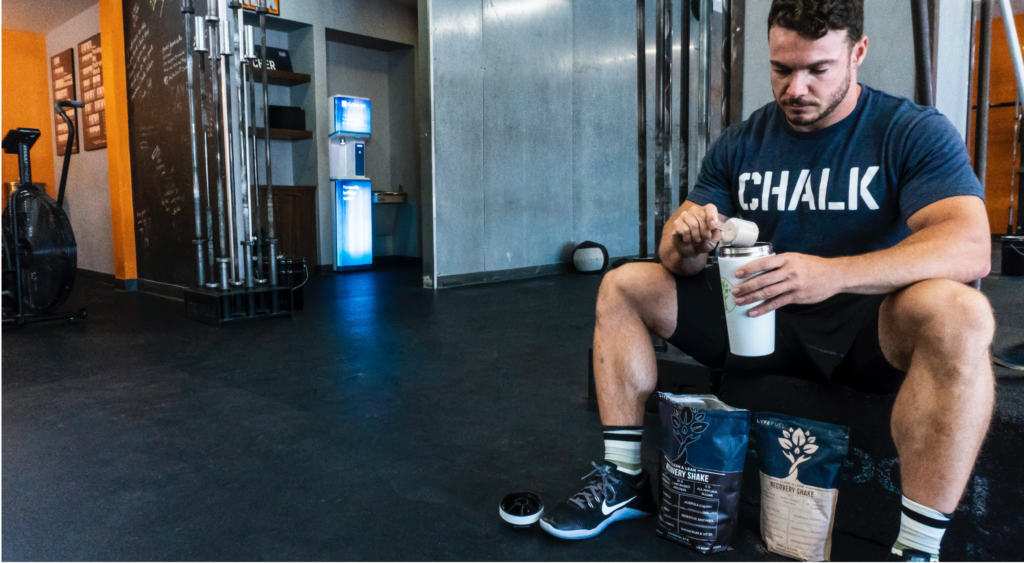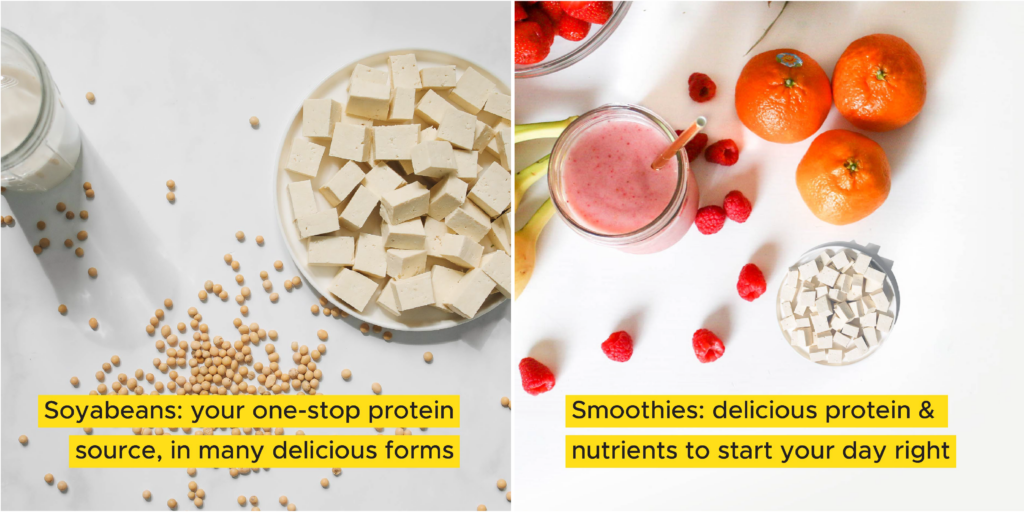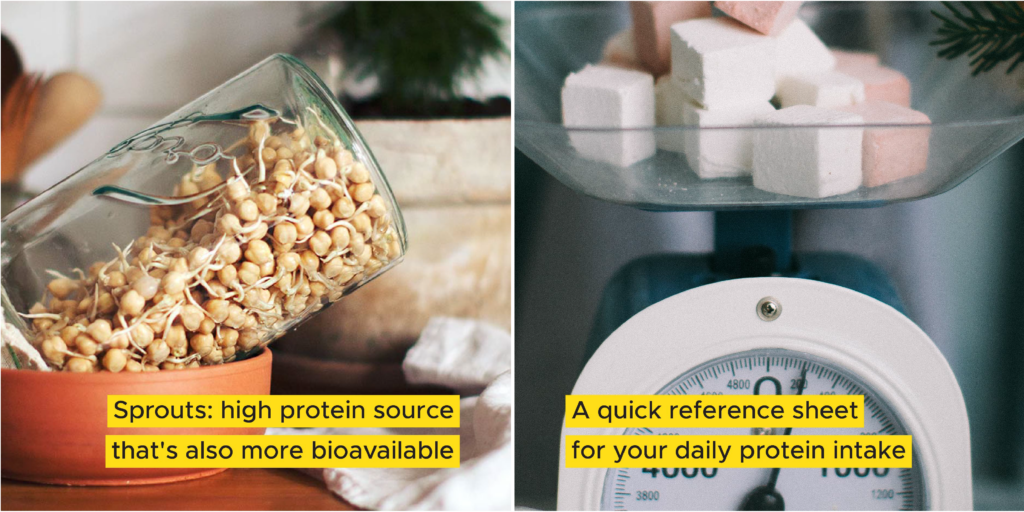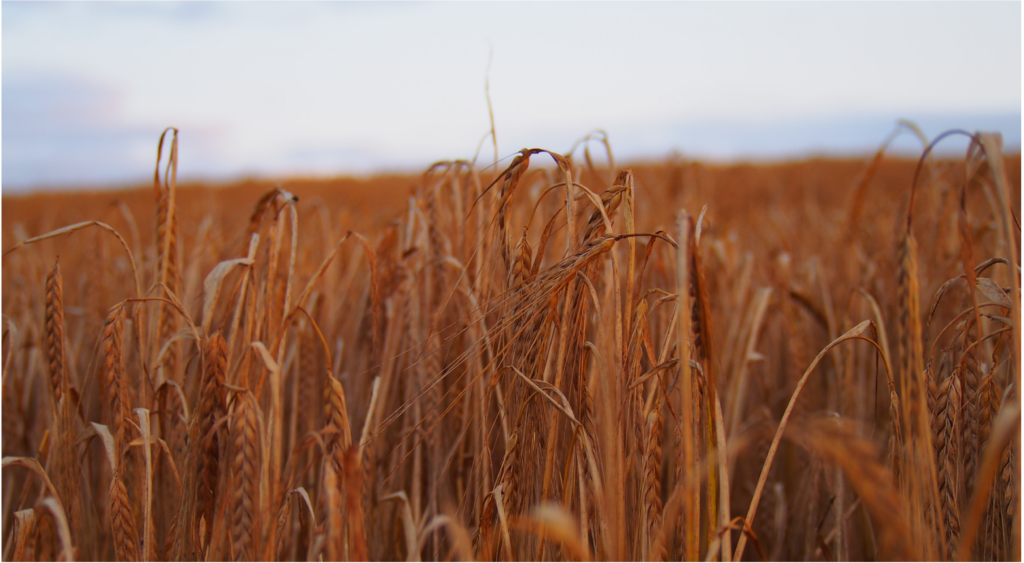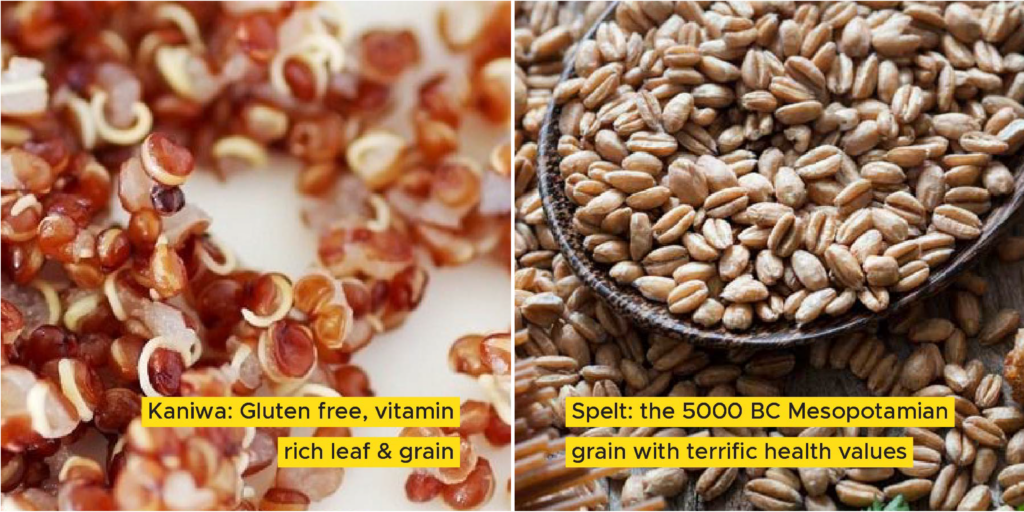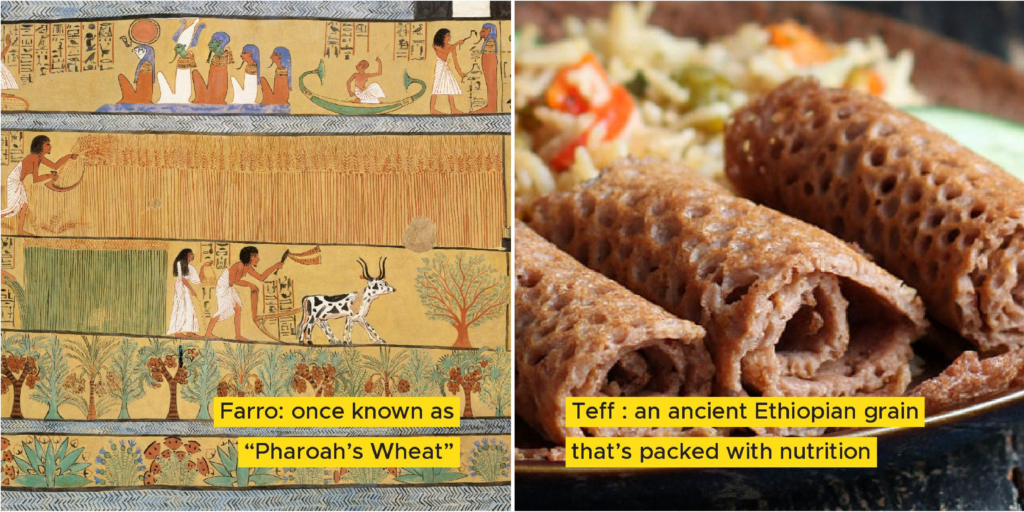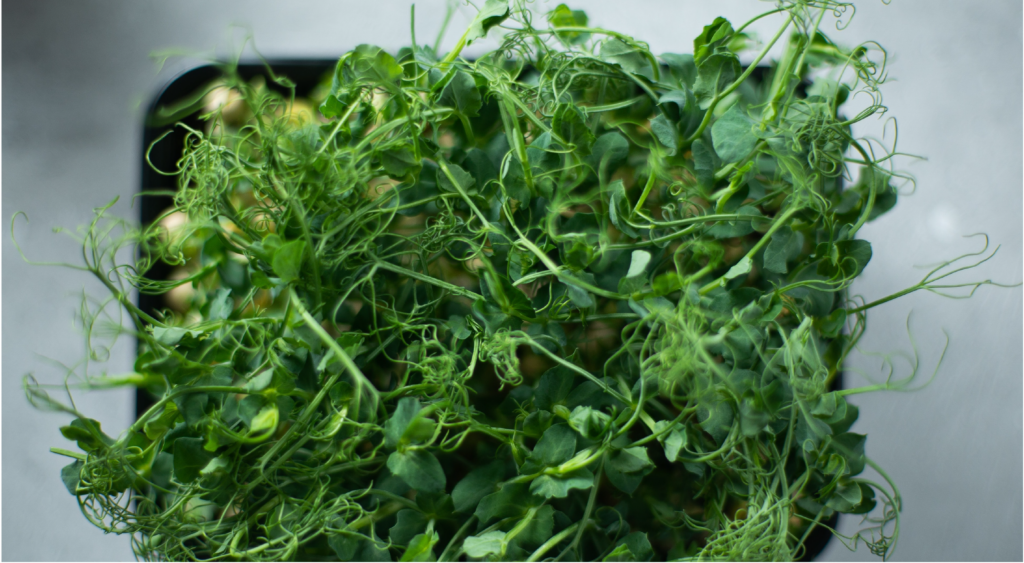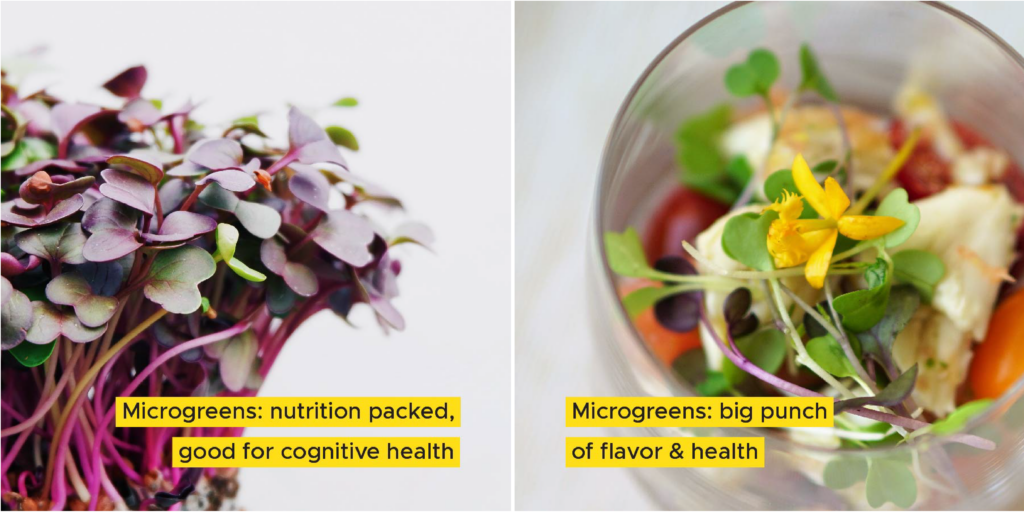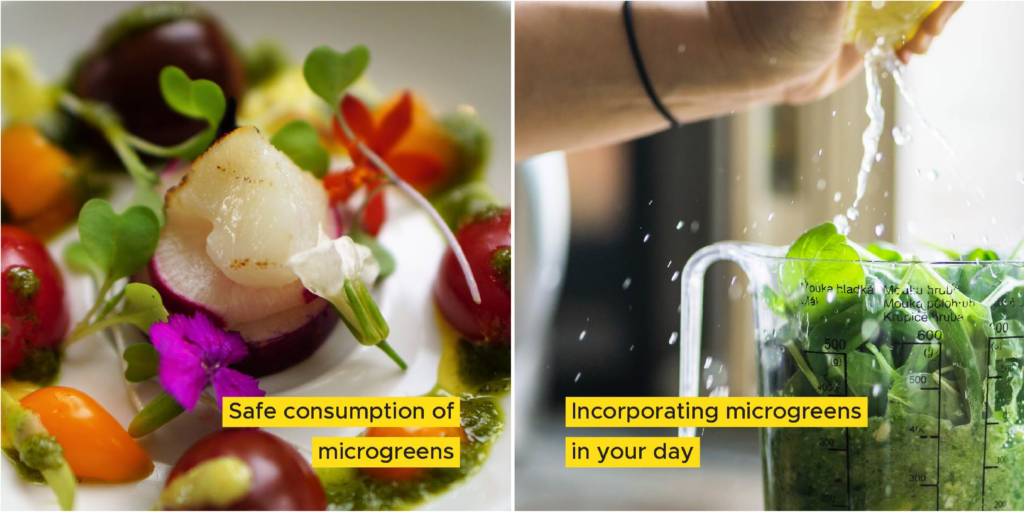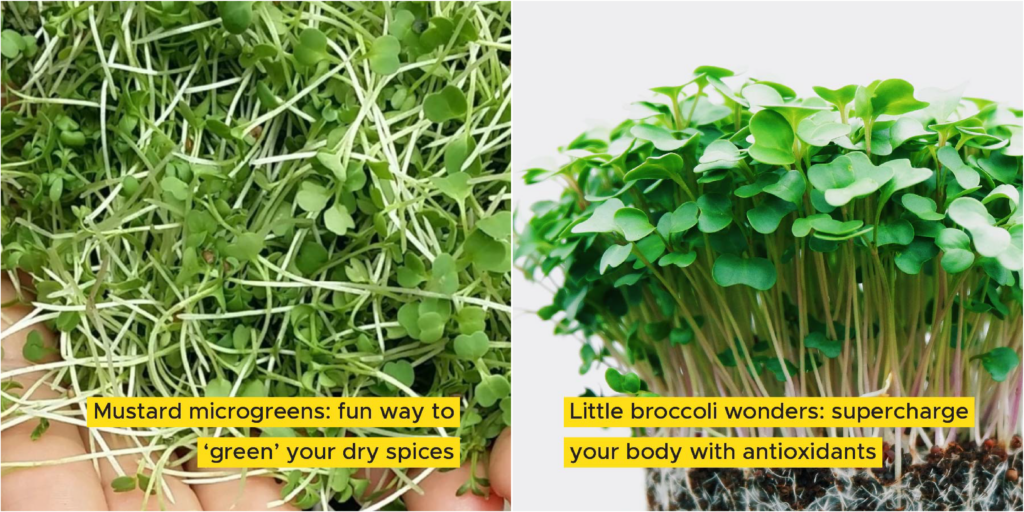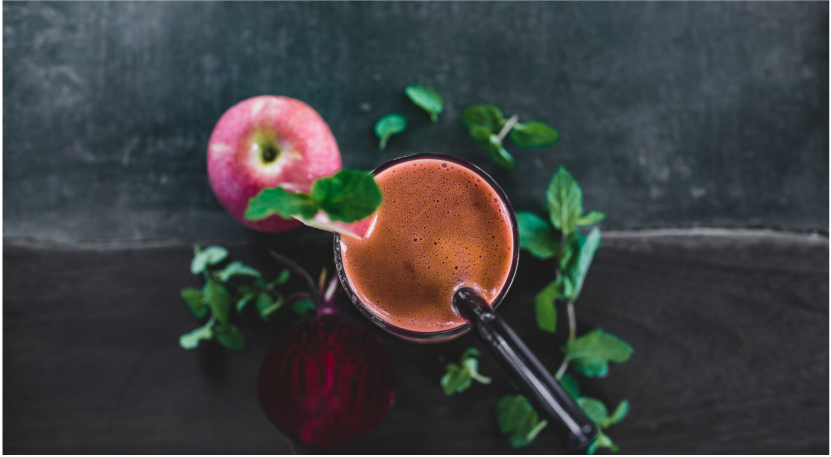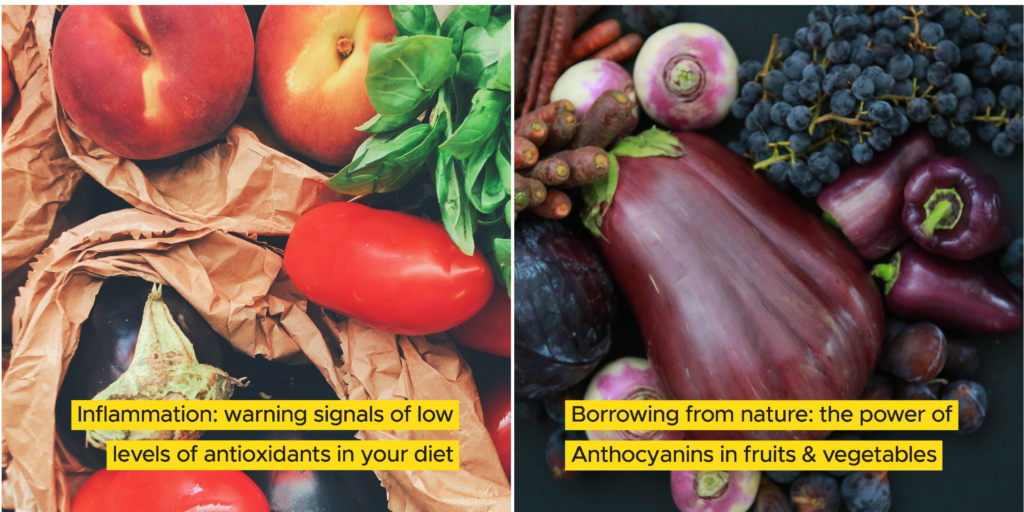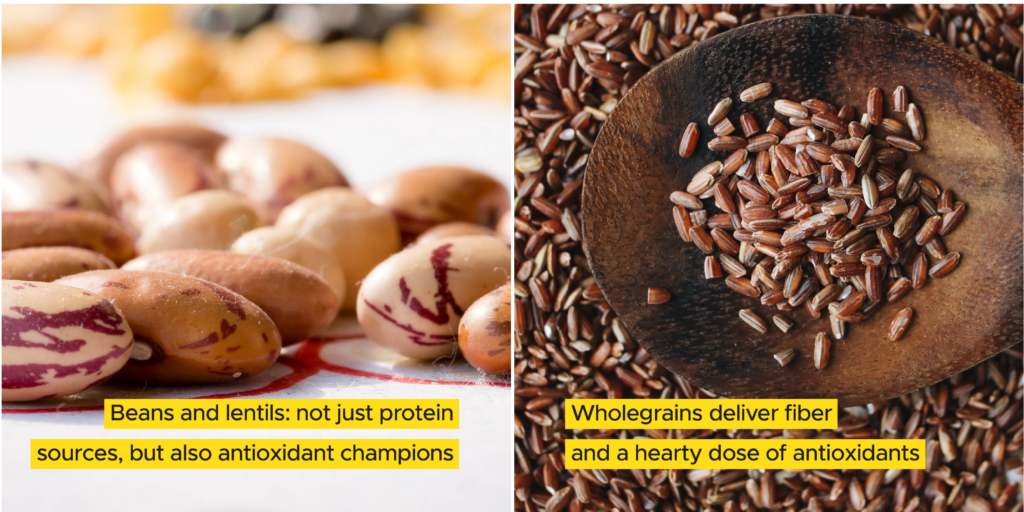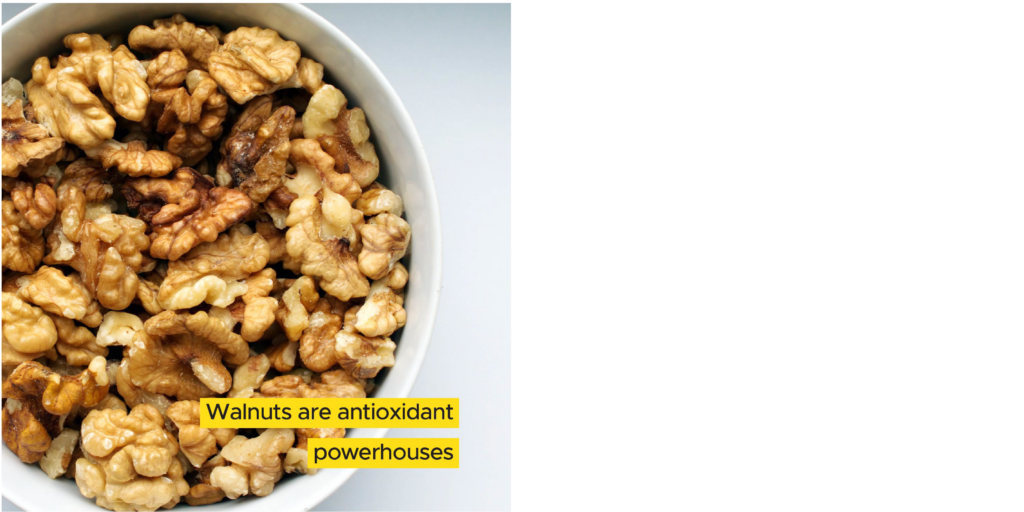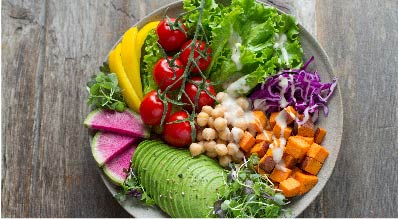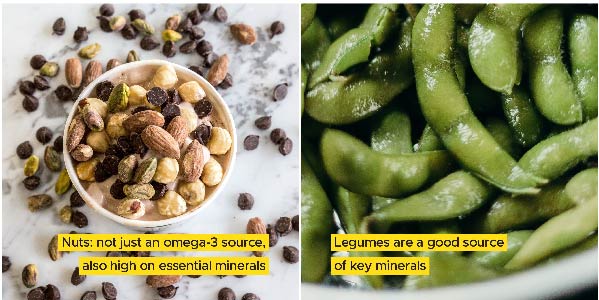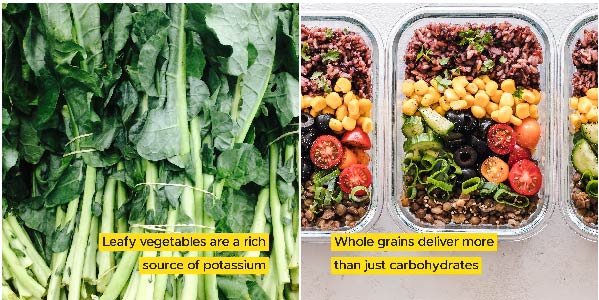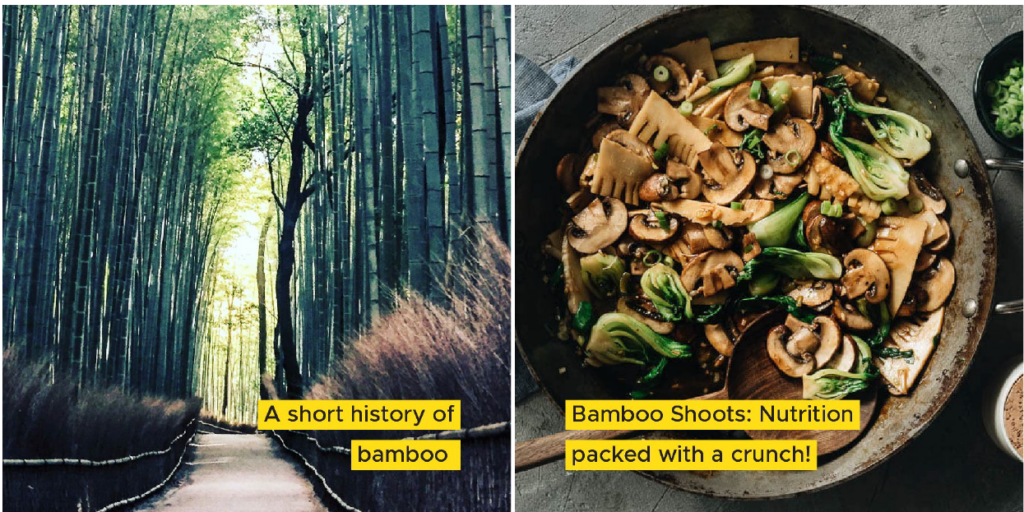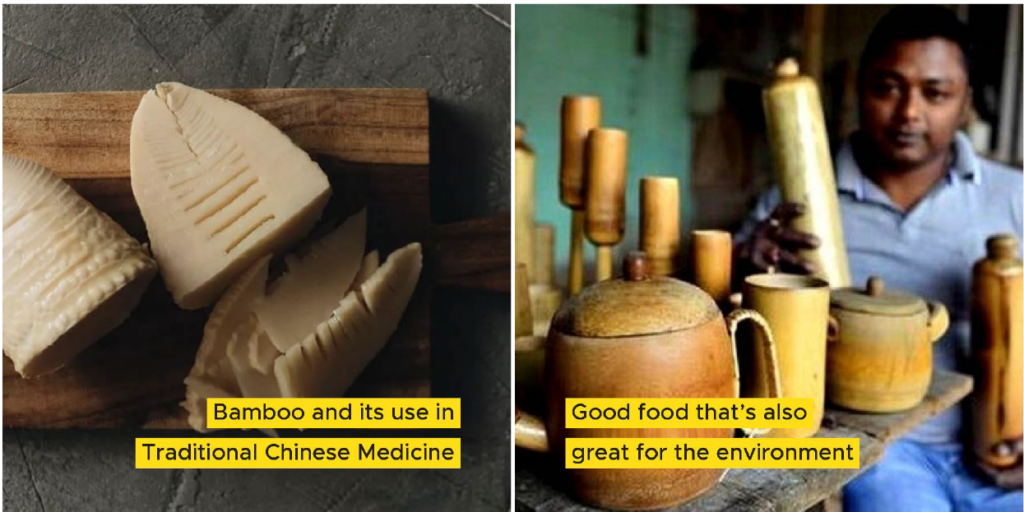UAS FOUNDATION DAY 2020 – CHIEF GUEST ADDRESS, ASHOK VASUDEVAN
Blog > UAS Foundation Day 2020 – Chief Guest Address, Ashok Vasudevan
UAS Foundation Day 2020 – Chief Guest Address, Ashok Vasudevan
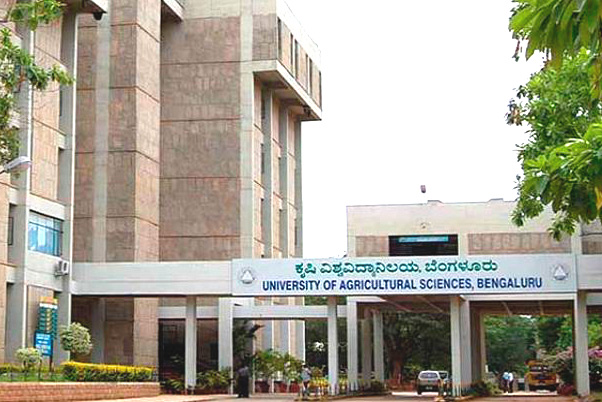
17 Nov 2020
UAS Foundation DayChief Guest Address, Ashok Vasudevan
Transcript UAS foundation 56th anniversary (Nov 17th, 2020)
Honorable Minister for Agriculture, Shri BC Patil. Honorable member of the Legislative Assembly Shri Krishnappa, Hon’ ex-Vice Chancellor, Dr Chengappa, Honorable Vice Chancellor, Dr Prasad, Senior Members of the Leadership on campus including Registrar Dr. Dhanapal, Deans Dr.Savithramma & Dr. Devakumar, Director of Research Dr.Shadakshari, distinguished faculty, researchers, dear students, ladies and gentlemen.
Ellargu nann namaskaara. Eradu divsa lateb aadru ellargu Deepavali shubhashegalu.
It is an absolute delight to be back on campus although only virtually. I’m very honored to have been invited as the Chief Guest for the UAS Foundation Day. For me, it’s a very big deal.
As the first batch to graduate from the GKVK campus, this is particularly thrilling to be back-though at the time we did not have this beautiful auditorium, which was subsequently built I believe during Dr Chengappa’s administration.
May I first congratulate all the awardees today – I know how hard all of you have worked to be recognised at this spectacular event. I can only remember my days at UAS where being an awardee at the Foundation Day was an ambition way beyond my grasp or my reach. It’s truly a privilege to be here with all of you.
I am an unlikely chief guest at this function. There have probably been a hundred occasions, maybe more, that I had wished that I was a more diligent student while I was on campus. The old campus in Hebbal had a beautiful library, an award-winning cafeteria, and was a bit closer to town. To me those held greater attractions than the classroom, even though we had some outstanding faculty. To call me a diligent student would be revisionist history or to use current terminology- fake news!
Despite that, here I am. I am reminded of President Bush who as a Yale alumni famously said at their graduation ceremony decades later. ”For those of you who got As, I say Congratulations. For those of you who got Cs- you too can become president! All I say to you today is regardless of your grades, you too can come back as a chief guest at the foundation day for UAS”!
Truly, my time at UAS were defining years of my life where I missed mentors who were in plain sight, when I was a rebel looking for a cause, and I had passion without purpose
So, I was looking back to those times as I pondered my message to you today. It’s simple really and lies in the transformative experience UAS offers us.
The pedagogy & the syllabus at UAS in one word is “awesome”. Unlike many undergrad courses, it is neither shallow nor diffused. It is as deep in its approach as it is wide. So beyond agronomy, crop physiology, plant breeding, pathology and seed production, the syllabus includes dairy science, farm power and machinery, animal husbandry, experimental techniques, statistics and agricultural economics So it doesn’t just teach us a particular course. It teaches us how to learn, almost anything.
This multi-disciplinary approach also encourages critical thinking. It’s not about finding answers to other people’s questions. It’s about asking your own questions. I like to say “ You can google answers, you can’t google for questions. At least, not yet!
I believe this critical thinking allows us to look at output, outcome and impact differentially.
So let me spend the next 20 minutes looking back, looking around and looking ahead. Looking back at the Green Revolution, looking around at the unfolding food revolution and looking ahead at the Future of agriculture and our role and indeed responsibility in creating that future.
We all know, agriculture, like life is back breaking work. Ee vyavasaaya aarambha araam alla!!
Let me start with the Green Revolution
I entered UAS just a few years after India had launched the Green revolution. Norman Borlaug & MS Swaminathan were already amazing heroes in our lives. The Green Revolution they pioneered was nothing short of global miracle.
It was bold, far reaching and deeply transformative. It was indeed improbable. Yet we know what happened.
So much has changed since then. We warded off famine, not just in India but in many other developing countries in the world. We had not one but three revolutions. The Green Revolution saw our food production grew, from less than 14 million tonnes to almost 300 million tonnes today. The White Revolution saw the dairy production go up from merely 20 million tonnes when I was on campus to over 190 million tons today, making India the largest dairy producer in the world. And the less talked about Rainbow revolution saw Fruits and Vegetables skyrocket from under 35 million tonnes to the world’s largest producer at over 240 million tonnes.
For some of us, we saw prosperity beyond our wildest dreams, directly as a result of this and our launchpad was significantly higher than any our parents could have dreamt of. After UAS I went to business school, I was struck by the fact that my first starting salary was greater than my father’s last drawn salary as a government officer. Yes, so much has changed.
But let’s just talk to a farmer in Shimoga, Kolar, Raichur, and we know so much has not changed. Prosperous is not the word you will use to describe him and his family. That’s the flip side of the Green Revolution.
These 50 years has seen his yield increase but his wealth stagnate. The soil that was fertile for thousands of years is now reaching toxic levels. The river and canal waters that irrigated his fields, now are a source of pollutants if they are a source at all. The synthetic fertilisers and pesticides that we used as our sarva roga nivaarane has polluted the aquifer below, our agri-biodiversity has plummeted. FAO reports 90% of crops have disappeared in the world since the Green revolution. For instance in India almost 100,000 rice varieties alone were grown. Now we have a few dozen. It’s the same story for millets, pseudo grains, lentils, and vegetables. Most of the cultivars have disappeared forever.
We have fewer insects that pollinate, and greater insects that destroy, and of course yes we have greater number of insecticides. Contact pesticides have become systemic, organophosphates have become synthetic pyrethroids. Farmers and their families have become sick, and Indian farmer suicide rates have become a topic of debate internationally. We have sophisticated technologies at our fingertips; we can predict the weather but rainfalls across the farms of India have dropped. We can predict pest attacks, but we cannot prevent them. We can predict drought but cannot avoid them. We can even predict the price of onions but cannot control them. And of course we can predict the poverty of farmers and can do little to reverse it.
A lot may have changed for many of us. Clearly, the farmer’s lot has not. So which report card do we look at? The glitzy, modern, software superpower in the making? Or a country whose farmers are a long way from seeing prosperity.
A healthy farmer is the only harbinger for a healthy nation. The ancient texts had it right when they said – Anna dhaata sukhi bhava. In our new company C-SAW ( Center for the Spread of Affordable Wellness) today we say it differently. “Pay the farmer, not the pharmacy”.
As a culture, our understanding of food in India is deep, and the whole science of Ayurveda included a detailed description of what to eat, who should eat what, and what benefits one might expect from the specific foods that we put into our body. Amazingly, the Rudram Chamakam, composed thousands of years ago in Chapter 4 in its entirety describes the powers of grains, lentils and the oilseeds that nourish our body and manifest themselves as an abounding force within us.
vibhu ca me prabhu ca me bahu ca me bhüyaçca me
The grant of the gift of nutritional abundance of all varieties of cereals, millets and corn
Vrée hayaa×çca meÞ yaavä÷çca meÞ mäshhä÷çca meÞ tilä÷çca me
paddy, barley, black gram and sesames.
It goes on & on and includes oilseeds, lentils, grains, honey, and even barnyard millet.
And chapter 5 makes a commitment that we will protect the environment including the mountains, the trees, the seas and the rivers, that help grow these grains that in turn feed us.
So much for our past. Instead of just the green revolution, I went back 4000 years!
Now let’s come back to today and talk about the Food Revolution
Let me take you to another world, 10,000 miles away to America, where I spent a big part of my life. The consequences of the green revolution were felt there too, where traditional farmers were decimated. Turn of last century, 40% of America lived in farms. Today less than 1% does. Farm size tripled while number of farmers reduced by 300% in the same period. That increase in farm size reflects both farm mechanization and corporatization.
These advances in Agri science did prevent mass scale famine around the world. But it turns out that price tag was heavy. We reduced crop diversity, increased use of chemicals, genetically modified foods and subsidized agriculture for political gain or fear of social unrest.
The consequence of this took a long time to be felt in the homes of consumers.
In the early 90s when Meera, my wife, and I were starting our food business in the US, we saw country overrun by large food companies that had used food science to enhance texture, color, shelf life, taste, sweetness, and also reduce costs. For most companies, they were pleased at the outcome – their revenues grew, food inflation was low, and consumer preferences for prepared and convenience foods exploded. But truth be told, the food industry was unwittingly supplying consumers to the healthcare industry. And today, 70% of the foods sold in US Supermarkets are Genetically Modified Foods.
The US is now in the middle of an epidemic – and not just COVID – but of cardiovascular disease, diabetes and obesity.
Today, 70% of America is either obese or overweight. 1 in 10 Americans have diabetes. And 1 out of every 4 deaths is due to cardiovascular disease. Let me put that into perspective for you: every 36 seconds, somebody in America dies of heart disease. It’s easy to blame our genes, but we know the truth. It’s because of our diet and that has been influenced by the food industry. Truth be told, these could have been predicted.
The consequences of the green revolution on the one hand, and the food revolution on the other, has taken its toll on the environment too.
Very simply, we have plundered the surface of the earth, the air above and the crust below. Every year on an average we deforest 70 million acres globally. That’s about the size of Karnataka! We emitted a record 37 billion tons of carbon dioxide last year. That’s almost 20 times the weight of all the cars on the road globally. We drill relentlessly and oil production alone at 100 million barrels / day is 5 billion tons annually. That is more than double the quantity of food grains we produce every year!
The consequences of these are plentiful. Let me name just a few: pandemics by releasing viruses & bacteria that belong inside forests, extinction of thousands of species annually upsetting our ecosystem, conversion of agricultural land for animal feeds, increasing hunger & malnourishment and endangering public health. Did you know 77 percent of agriculture land is used for livestock, either for grazing to grow animal feed. Yet this gigantic portion only supplies 17 percent of global calories and 1/3rd the global protein. A staggering 40% of all grains produced worldwide is used to feed animals, not humans.
The best of intentions can clearly have unintended consequences, which one might argue could have been foreseen. The Green Revolution solved hunger, but kept the farmer poor and the globe warmer. Food science, which in the same period as the Green Revolution, made startling progress, prevented food inflation, improved corporate profits, but affected public health and added to an increased carbon footprint.
So now we come to an interesting fork in the road. Where do we go from here?
Lessons from the Green Revolution, the Food revolution and climate change, will allow us to predict a future of doom or can galvanize us to create a new future.
Imagine a world where farmers truly prosper, consumers eat healthy, and food companies transform. That’s the world I’d like us to dedicate ourself to and invite you all to join this journey. A beginning has already been made.
Let me start with climate change. The Paris Accord, notwithstanding President Trump’s recalcitrance, is a promising beginning. The emergence of electric vehicles, the increasing biodiversity in consumers’ eating habits, the major backlash against deforestation, the recycling frenzy, are all green shoots in reversing climate change. It is not enough for businesses to follow sustainable practices only when they make business sense.
It is our social responsibility to make business sense out of sustainable practices.
Now let me move to the food industry where the US became a crucible for megatrends in the early 1990s that spread globally. Three of them in particular. Natural Foods, Convenience Foods and multi-ethnic speciality foods. These three megatrends are shaping our future, our wellness and the wellbeing of our planet.
The first is natural & organic foods. Consumers are increasingly conscious of what they eat and wary of chemicals in food.
The second megatrend is convenience foods. Nuclear families, women in the workforce, distractions, multitasking and less time at home has led to explosive growth in convenience foods.
The third is multi-ethnic specialty foods. The changing demographics worldwide, increased mobility and the emergence of global food brands is taking the traditional palate on a world cruise.
That’s how our company Tasty Bite was born- at the convergence of this venn diagram of natural, convenient and specialty foods.
The food industry today needs to realise that it holds the wellness of consumers in the palms of our hands. We are what we eat. Our health, our wellness, our emotions, our choice of friends, even who we invite home for dinner, are all driven by the choices we make on our foods. It is no longer enough for food companies to ask what is my share of market, share of wallet, share of mind, share of stomach or even share of daily calories. The real question brands must ask is “what is my share of consumer wellness”. It is time for the food industry to take accountability for the wellbeing of the planet and of the consumer.
I am persuaded that food science has evolved since the ‘70s and we no longer need to rely on Codex, on chemicals, on artificial colors, to deliver on texture or great tasting food.
Science is not just a tool for reducing costs and increasing profits, but also an option for improving our wellbeing. Which now brings me to the third part, which is the future of agriculture.
I am particularly pleased that an amazing initiative has just been started in the world, of which we are a part of, called the Periodic Table Of Food Initiative. PTFI. It is important for us to go past the simple macronutrients in foods – the carbohydrates proteins and fats, and some obvious micronutrients like vitamins and minerals – to be the only basis of defining the nutritive value of foods. Need to dig deeper. Way deeper.
PTFI is a global effort, currently funded by the Rockefeller foundation, to create a public database of the biochemical composition and function of the food we eat using mass spectrometry, artificial intelligence and bioinformatics.
This is pioneering work and I’m pleased to see our Hon’ Vice Chancellor, Dr Prasad, the director of research and several eminent faculty and researchers at UAS with the ever-guiding hand of our ex-vice chancellor Dr Chengappa, lending their support to what will be years of seminal discovery, that will lead to a heightened awareness around the world that indeed “We are what we eat”.
The convergence of information technology, genetic research and initiatives such as PTFI, will not only enhance consumer wellness, but provide a new hope that farmers can indeed prosper. Let me paint this picture more fully.
For some strange reason, the Silicon Valley boom, the last 30 years, that literally changed the lives of billions entirely bypassed agriculture until now. That has now begun to change and I think we are seeing the catapulting of the industry from Agri 2.0 the Green Revolution to Agri 4.0. that some have called the evergreen revolution. This is taking many forms. Here are a few:
1. There is a concerted, even if some might say clumsy, effort to bring farmers closer to consumers with enabling technologies. The APMC bill and the ECA in India are two such examples. There is an increasing realisation by governments of the need to hand back the power to the farmer by disintermediating the middleman. China is a sterling example of the success of this measure. Consumers can now buy straight from the farmer on their e-commerce platforms. A next generation supply chain ensures delivery within hours. Farmers make more money, consumers eat freshly harvested produce.
2. After ignoring Agriculture these last 30 years, Silicon Valley has finally arrived in the farm. Artificial Intelligence, the internet of things, drone and fintech entrepreneurs have come up with imaginative ways to provide better intelligence to the farmer. This is not just to enhance yield, but to increase revenues to farmers by better market information.
3. Precision agriculture like hydroponics, aeroponics, aquaponics, vertical farming, will provide new opportunities for famers to come together to fully benefit from the potential that these new technologies offer. Yields are increasing 70-100 times open field agriculture in specific crops and they use no chemical fertilizers or pesticides. The future will clearly lies not just with the progressive farmer, but with the progressive entrepreneur. As Dr.Chengappa likes to say “The Farm is a firm first”
It’s another way of saying that you, the students gathered here today have an amazing future ahead of each of you. Much more so than any generation of agriculture graduates in history. What is open to you is not mere academia, or jobs in plantations or traditional corporations. But what has now opened is an incredible opportunity to participate in the creation of a new tomorrow.
Imagine a world, imagine a future and spend your life in making that world and that future come true. Allow yourself to believe that you are not only a product of your village, taluka, district, state or even country. It may be hard for you to believe, but many of you will not remain in Karnataka. You will be in far flung parts of the country. Many of you will move overseas – in fact, the US agriculture university landscape have literally hundreds of UAS alumni who are famous scientists, researchers and even bureaucrats.
You will not merely be in your chosen field of specialisation or electives, but you will reach for expertise in disciplines far flung from what you are familiar with today, merely because you can.
Even as we embrace science, let’s ever be watchful about not what the possibilities are, but about what our responsibilities are. GMO comes to mind. Yes we have the power to genetically modify an organism. Yes we have the ability to put a gene from a bacteria into Oryza Sativa, and call it Golden Rice, and claim that it can prevent blindness in children. Beware of false claims, irresponsible research, and let you conscience and your knowledge be your guide.
I’m going to leave you with 5 takeaways.
1. Think big. Think global. Believe that you can solve big problems in society. The power of what is possible, even if improbable is HUGE. You will be surprised that the amount of personal effort it takes to build big, dream big is the same as building small, thinking small. Time is finite. Output & outcome need not be.
2. Don’t turn back at the first hurdle, with the first failure. If you don’t see darkness, you probably won’t appreciate the light. If you don’t face injustice you will forget being just yourself. If you don’t face discrimination, you or your ideas are probably not important or different enough. A little restlessness without being unhappy will keep you energized.
3. Believe in your ability to make a difference. Notwithstanding your grades, or what your friends and family might think of- as your limitations. Be aware of them, but do not be shackled by them. All of us are essentially very ordinary. It is what we do that makes us extraordinary.
4. Become a collector of mentors. They could be members of your family, your teachers, your bosses, even your friends. Don’t worry about impressing these people. Instead, learn to be impressed. Don’t burden yourself to inspire others. Be inspired instead. The ability to allow mentors into your lives, yet hold deep personal convictions will give you wind beneath your wings
5. Finally, remember the difference between prayer and meditation. Sometimes in prayer you are reduced to merely asking. You’ve got your hand out. In meditation, you commit to who you are and what you will do. You don’t have your hand out. You have your hand on your heart. So even as you pray, meditate. You will be amazed at the power that your own commitment will unleash.
Think about this. Would you rather be employed or be an employer? Would you rather have a job or create jobs? Would you rather draw a salary or create wealth? Would you rather demand the right to live in a future which you cannot predict, or would you rather predict and create the future of your dreams? At any rate, which is more fun?
It may be difficult sitting here in GKVK campus to imagine a world thousands of miles away, a time years and perhaps decades away, and friends from other genders, races and countries. Each of these will define who you become. It maybe difficult for you to imagine you as the hero and the heroine in a story that you think you didn’t belong in. But I am perhaps looking at that heroine, that hero. I’m looking at you. As I like to say, if you look where I am looking, you will see what I am seeing. I’m seeing a beautiful future and changemakers all around me today in this auspicious Foundation day.
You have lots of work to do, so good bye and good luck.
May you live your dreams
Jeevan badrani pashyanti
Thank you
Featured Posts
Top Tags

